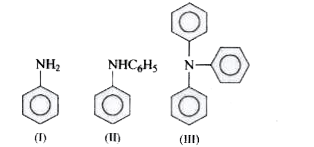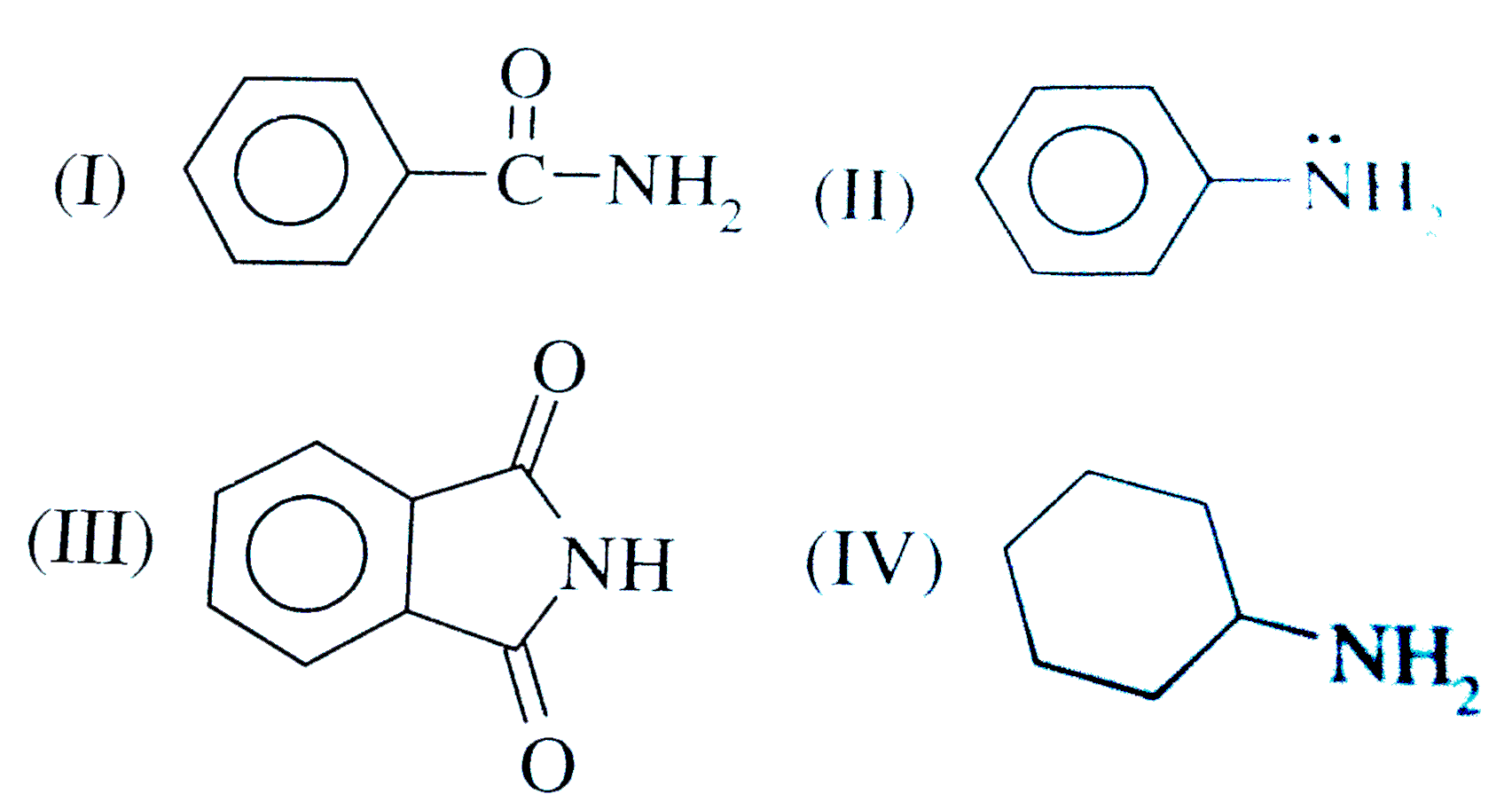Arrange the halide ions in order of increasing basicity and nucleophilicity.
To arrange the halide ions (fluoride, chloride, bromide, and iodide) in order of increasing basicity and nucleophilicity, we need to consider the properties of these ions.
1. Understanding Nucleophilicity:
- Nucleophilicity refers to the ability of an ion to donate an electron pair to an electrophile. The more electron-rich the ion, the better nucleophile it is.
- In the case of halide ions, as we move down the group from fluorine to iodine, the size of the ions increases. Larger ions have their negative charge spread over a larger volume, making them less effective at donating electrons.
2. Order of Nucleophilicity:
- Fluoride (F⁻) is the smallest ion and has a concentrated negative charge, making it a good nucleophile.
- Chloride (Cl⁻) is larger than fluoride but smaller than bromide and iodide, so it is less nucleophilic than fluoride but more than bromide and iodide.
- Bromide (Br⁻) is larger than chloride and has a more dispersed negative charge, making it a weaker nucleophile than chloride.
- Iodide (I⁻) is the largest and has the most dispersed negative charge, making it the least nucleophilic.
- Therefore, the order of nucleophilicity is:
F−<Cl−<Br−<I−
3. Understanding Basicity:
- Basicity is the ability of an ion to accept protons (H⁺). The stronger the conjugate acid, the weaker the basicity of its conjugate base.
- The acidity of the corresponding hydrogen halides (HF, HCl, HBr, HI) increases down the group. This means that as we go from HF to HI, the acidity increases, and thus the basicity of the halide ions decreases.
4. Order of Basicity:
- Since HI is the strongest acid, its conjugate base (I⁻) is the weakest base.
- Conversely, HF is the weakest acid, and its conjugate base (F⁻) is the strongest base.
- Therefore, the order of basicity is:
I−<Br−<Cl−<F−
Final Arrangements:
- Increasing Nucleophilicity:
F−<Cl−<Br−<I−
- Increasing Basicity:
I−<Br−<Cl−<F−
- Nucleophilicity refers to the ability of an ion to donate an electron pair to an electrophile. The more electron-rich the ion, the better nucleophile it is.
- In the case of halide ions, as we move down the group from fluorine to iodine, the size of the ions increases. Larger ions have their negative charge spread over a larger volume, making them less effective at donating electrons.
- Fluoride (F⁻) is the smallest ion and has a concentrated negative charge, making it a good nucleophile.
- Chloride (Cl⁻) is larger than fluoride but smaller than bromide and iodide, so it is less nucleophilic than fluoride but more than bromide and iodide.
- Bromide (Br⁻) is larger than chloride and has a more dispersed negative charge, making it a weaker nucleophile than chloride.
- Iodide (I⁻) is the largest and has the most dispersed negative charge, making it the least nucleophilic.
- Therefore, the order of nucleophilicity is:
F−<Cl−<Br−<I−
- Basicity is the ability of an ion to accept protons (H⁺). The stronger the conjugate acid, the weaker the basicity of its conjugate base.
- The acidity of the corresponding hydrogen halides (HF, HCl, HBr, HI) increases down the group. This means that as we go from HF to HI, the acidity increases, and thus the basicity of the halide ions decreases.
- Since HI is the strongest acid, its conjugate base (I⁻) is the weakest base.
- Conversely, HF is the weakest acid, and its conjugate base (F⁻) is the strongest base.
- Therefore, the order of basicity is:
I−<Br−<Cl−<F−
- Increasing Nucleophilicity:
F−<Cl−<Br−<I−
- Increasing Basicity:
I−<Br−<Cl−<F−
Topper's Solved these Questions
- HALOALKANES AND HALOARENES BOOK - ICSECHAPTER - HALOALKANES AND HALOARENES EXERCISE - EXERCISE (PART - II DESCRIPTIVE QUESTIONS) (SHORT ANSWER QUESTIONS)
94 Videos
- HALOALKANES AND HALOARENES BOOK - ICSECHAPTER - HALOALKANES AND HALOARENES EXERCISE - EXERCISE (PART - II DESCRIPTIVE QUESTIONS) (LONG ANSWER QUESTIONS)
65 Videos
- HALOALKANES AND HALOARENES BOOK - ICSECHAPTER - HALOALKANES AND HALOARENES EXERCISE - EXERCISE (PART - I OBJECTIVE QUESTIONS)
1 Videos
- GENERAL PRINCIPLES AND PROCESSES OF ISOLATION OF ELEMENTS BOOK - ICSECHAPTER - GENERAL PRINCIPLES AND PROCESSES OF ISOLATION OF ELEMENTS EXERCISE - EXERCISE (PART-I ( OBJECTIVE QUESTIONS )) (Fill in the blanks)
60 Videos
- ISC QUESTION PAPERBOOK - ICSECHAPTER - ISC QUESTION PAPEREXERCISE - PART-II(SECTION-B)
74 Videos
Similar Questions
Knowledge Check
Arrange the following in increasing order of basicity.
 AI<II<IIIBIII<I<IICIII<II<IDII<III<I
AI<II<IIIBIII<I<IICIII<II<IDII<III<IArrange the following in increasing order of basicity :
 AS<Q<R<PBS<Q<P<RCS<R<P<QDP<Q<R<S
AS<Q<R<PBS<Q<P<RCS<R<P<QDP<Q<R<S
Arrange the following amines in the order of increasing basicity :-
View SolutionArrange the following in the order of increasing entropy:
View SolutionArrange the following in the order of their increasing reactivity in nucleophilic substitution reactions.
CH3F,CH3Cl,CH3Br,CH3I
View SolutionArrange in order of increasing I.P.
View SolutionArrange the following compounds in order of increasing reactivity towards nucleophilic substitution:

View SolutionArrange the following in order of their decreasing basic strength

View Solution
